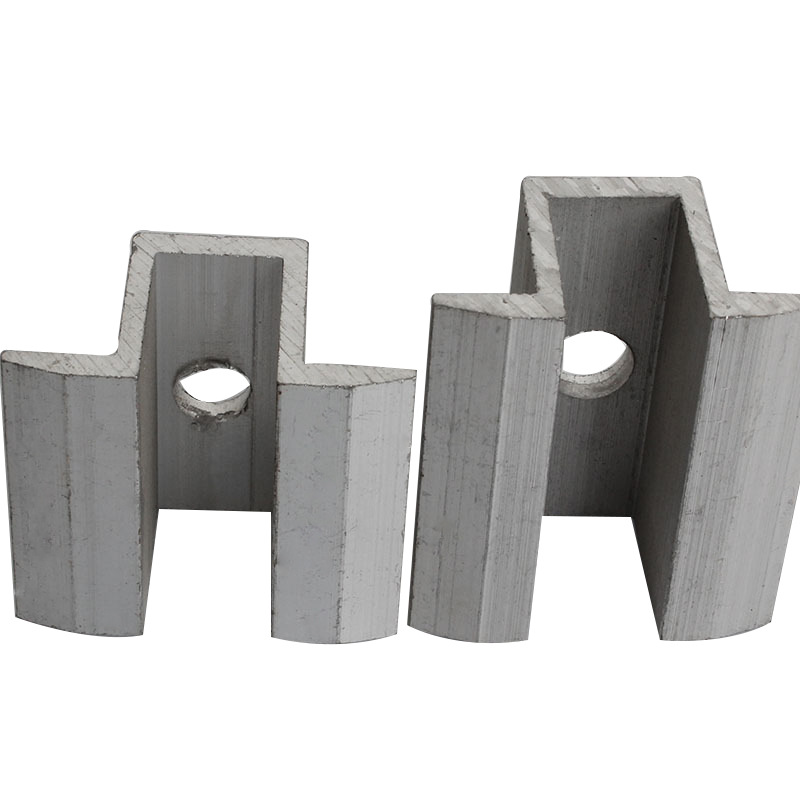

automotive flange nuts
Dec . 19, 2024 21:32 Back to list
automotive flange nuts
Understanding Automotive Flange Nuts A Key Component in Vehicle Construction
In the intricate world of automotive engineering, small components can carry significant weight in terms of functionality and safety. Among these critical components are flange nuts, which play a vital role in the assembly and integrity of various vehicle parts. This article dives into the specifics of automotive flange nuts, exploring their design, applications, and importance in modern vehicles.
What is a Flange Nut?
A flange nut is a type of nut characterized by a wide flange at one end, which acts as an integrated washer. This unique design provides a larger surface area that distributes the load more evenly over the connected materials, minimizing the risk of damage and loosening. Flange nuts are typically available in various materials such as steel, stainless steel, and plastic, allowing for flexibility in different applications and environmental conditions.
Key Features of Flange Nuts
1. Load Distribution The broad flange serves to distribute the load across a greater area, which reduces the likelihood of pull-through failures in softer materials. This feature is particularly beneficial when fastening parts made of aluminum or thin sheet metal.
2. Self-Locking Design Many flange nuts incorporate a self-locking mechanism to prevent loosening under vibration and torque, making them ideal for high-performance automotive applications. This aspect is crucial since vibrations from the engine or road can lead to potential failures in less secure fasteners.
3. Corrosion Resistance The materials used for flange nuts can significantly influence their performance, especially in environments prone to rust and corrosion. Stainless steel flange nuts, for instance, offer excellent durability against harsh weather and chemicals, ensuring long-term reliability.
4. Ease of Installation The design of flange nuts allows for easier installation in tight spaces. They can be installed quickly and efficiently using standard tools, making them a favorite among mechanics and DIY enthusiasts alike.
automotive flange nuts

Applications in Automotive Engineering
Flange nuts are widely used in various automotive applications due to their robustness and reliability. Here are some common areas where flange nuts are implemented
- Engine Components They are often used to secure engine components, such as oil pans and cylinder heads, where strong joints are necessary to withstand high temperatures and pressures.
- Suspension Systems In suspension assemblies, flange nuts help fasten various components, ensuring stability and safety during vehicle operation.
- Bodywork Assembly Flange nuts are pivotal in securing body panels and other structural components, contributing to the overall strength and rigidity of the vehicle.
- Wheel Attachments Certain types of flange nuts are utilized in wheel assemblies, providing secure fastening to ensure the vehicle's wheels remain in place under various driving conditions.
Conclusion
In summary, automotive flange nuts are indispensable components in the assembly and function of vehicles. Their unique design enhances load distribution and stability while also providing resistance to vibration and corrosion. With ongoing advancements in automotive technology and an increasing focus on vehicle performance and safety, the importance of using high-quality flange nuts cannot be overstated. As the automotive industry continues to evolve, so too will the innovations surrounding flange nuts, ensuring they remain a foundational element in the construction of safe and reliable vehicles. Whether you're a mechanic, an engineer, or an automotive enthusiast, understanding the role of these small yet mighty components is essential for appreciating the complexity of modern vehicle design.
Latest news
-
Hot Dip Galvanized Bolts-About LongZe|High Strength, Corrosion Resistance
NewsJul.30,2025
-
High-Strength Hot Dip Galvanized Bolts - Hebei Longze | Corrosion Resistance, Customization
NewsJul.30,2025
-
Hot Dip Galvanized Bolts-Hebei Longze|Corrosion Resistance&High Strength
NewsJul.30,2025
-
High-Strength Hot-Dip Galvanized Bolts-Hebei Longze|Corrosion Resistance&High Strength
NewsJul.30,2025
-
Hot Dip Galvanized Bolts-Hebei Longze|Corrosion Resistance&High Strength
NewsJul.30,2025
-
Hot Dip Galvanized Bolts - Hebei Longze | Corrosion Resistance, High Strength
NewsJul.30,2025

